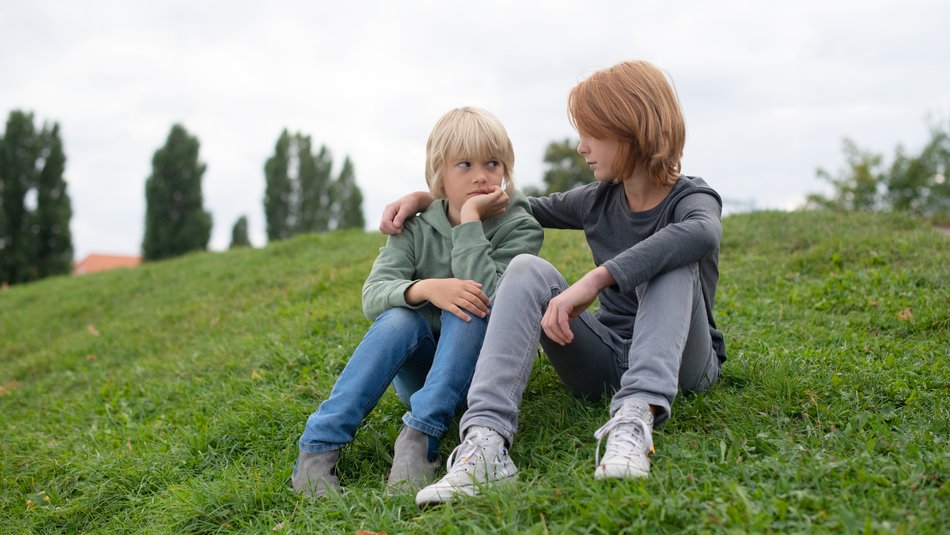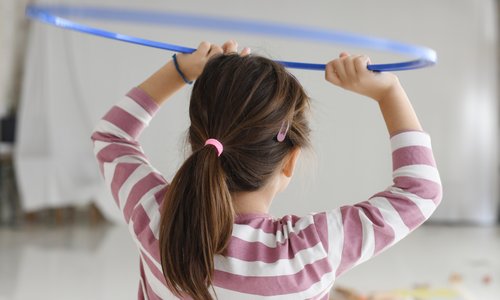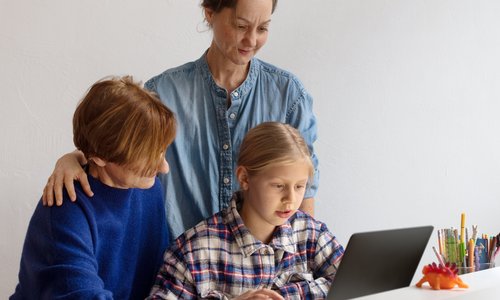
Sexual assaults amongst children or adolescents are a different form of sexual violence than minors being sexual abused by adults or considerably older adolescents.
Sexual assaults amongst children
Children can exhibit sexually assaultive behaviour as early as kindergarten and primary school ages. Beyond sexual activities such as playing doctor, which are part of children's sexual exploratory behaviour, they cross other children's boundaries with violence, manipulation or coercion and usually by exploiting a power imbalance. Some assaults are used to satisfy sexual curiosity against the will of the other children involved. In other cases these assaults are used to tease and humiliate other children through sexual means.
Sexual violence amongst adolescents is particularly widespread online
Sexual assaults amongst adolescents are considerably more common than sexual abuse by adults. Sexual assaults amongst adolescents are diverse, are usually associated with a power imbalance and they can also occur in the context of romantic relationships or peer groups. Sexual violence via online media is particularly widespread among adolescents. The increased use of sexual violence in cyberspace often results in the severity of the acts and their unjust content being underestimated by those who suffer them.
The increased use of sexual violence in cyberspace often results in the severity of the acts and their unjust content being underestimated by those who suffer them.
Coming-to-terms after suffering a sexual assault
How girls and boys are able to cope with sexual assaults inflicted by other children or adolescents without suffering long-term consequences largely depends on how early protective people - involved directly or as confidants - notice the assaults, intervene and support those who were assaulted. Support in developing self-protection strategies, such as activating joint action by like-minded people, is also of great importance to adolescents.
In many cases help can be provided by professionals or family caregivers through pedagogically appropriate responses and, if necessary, after counselling at a specialised counselling centre. However, girls and boys involved will sometimes need private counselling at a specialised counselling centre or even therapeutic support.
Assaultive children and adolescents also need help
Sexually abusive behaviour by children and adolescents can have different causes: their own sexual violence experiences can (but do not have to) play a role here. It is often inflicted by boys and girls who want to dominate others to compensate for their own stresses or who find it difficult to respect boundaries. Sexual assaults are not usually based on conspicuous sexual development, but on problematic social behaviour. One factor here might be trying to demonstrate male superiority behaviour, which is widespread and still tolerated in society.
In order to avoid acts of abuse in the future, sexually assaultive boys and girls also need educational professionals, family support and, in some cases, counselling and treatment by other experts who can help them come-to-terms with the assault. It is important to make the children and adolescents who inflict the assaults understand that they are harming others with this kind of behaviour as well as hurting them on both physical and psychological levels.
Sexual assaults against adolescents and children that are severe, occur repeatedly and cannot be stopped through pedagogical interventions can be an indication that the welfare of the assaulting children has been endangered. Educational professionals are obliged to seek professional support in such cases.





